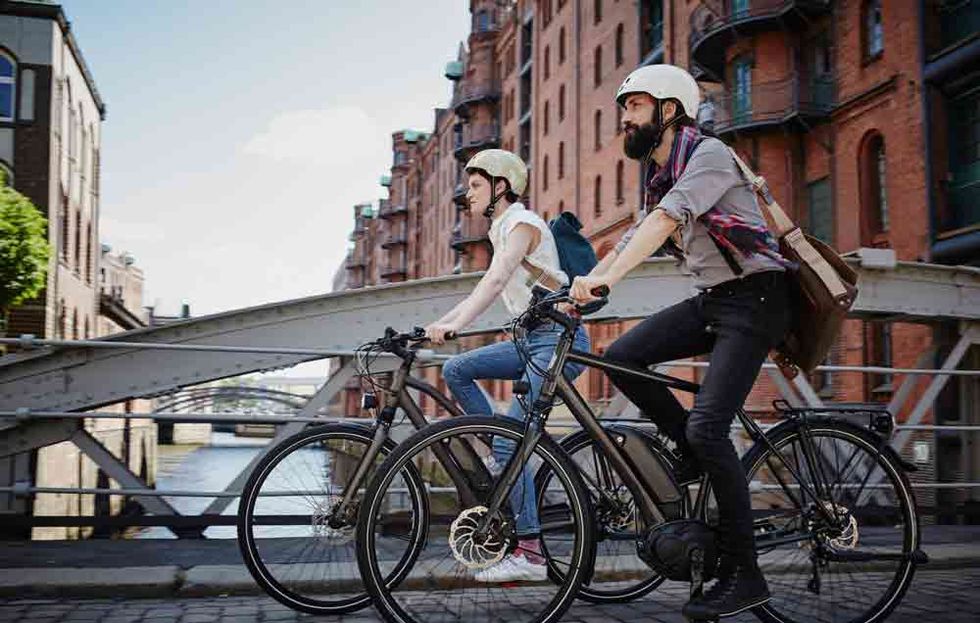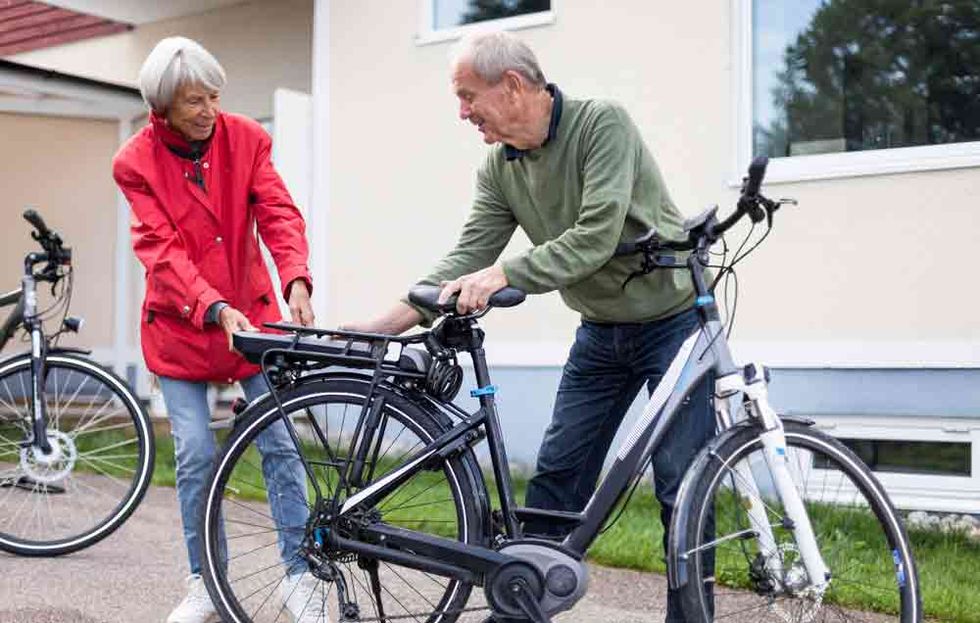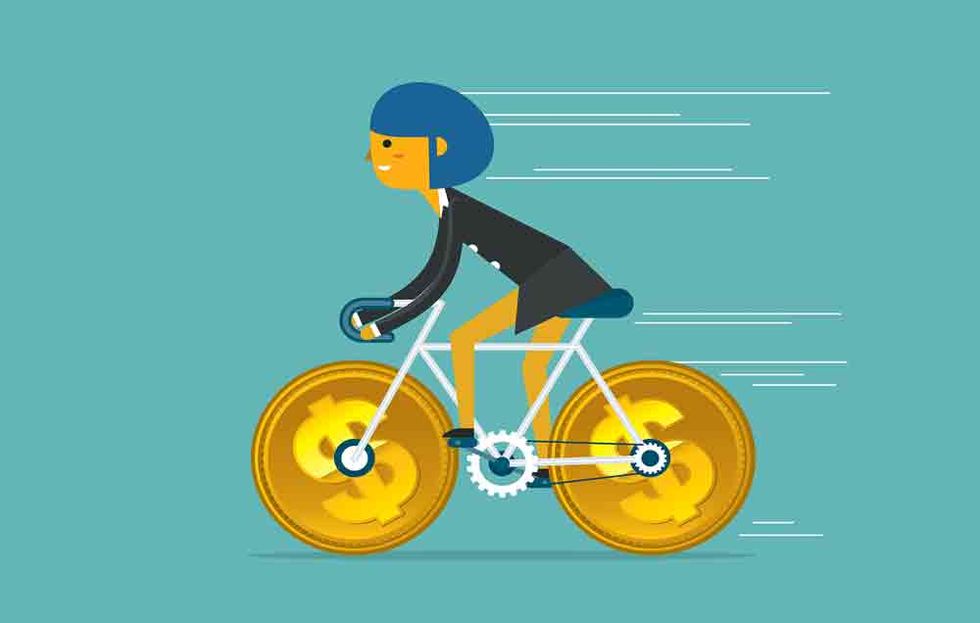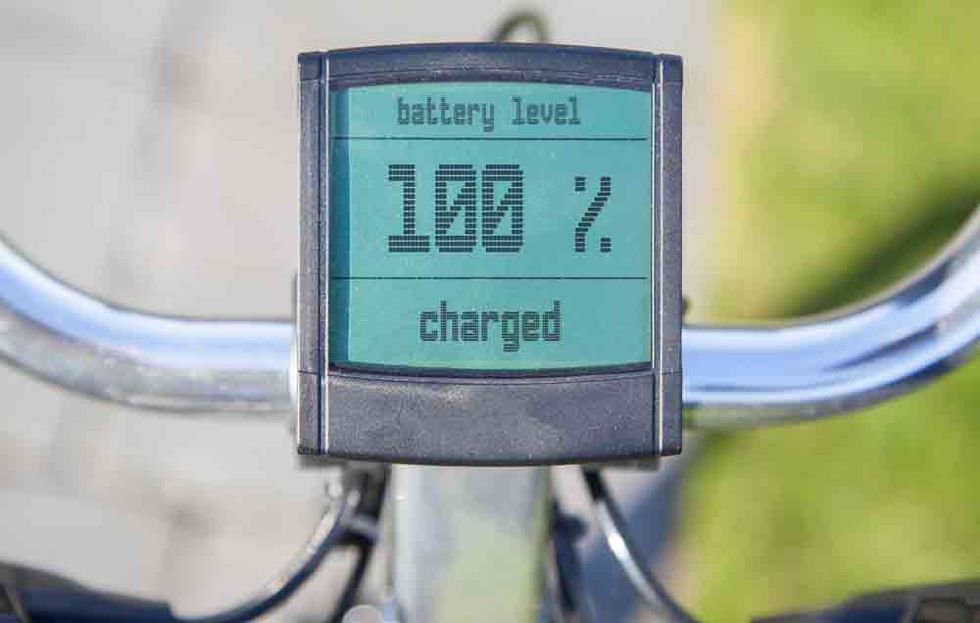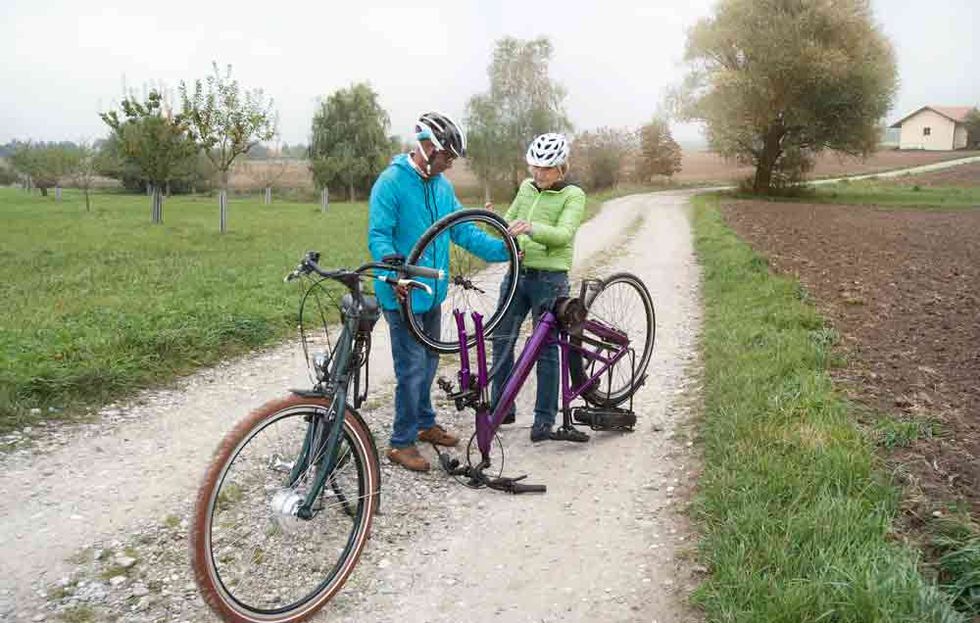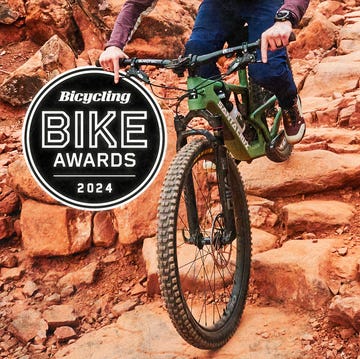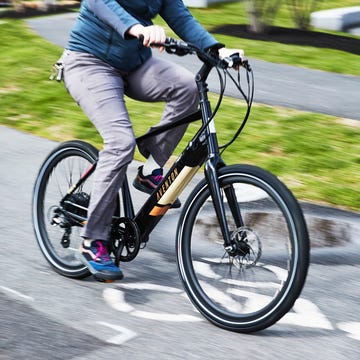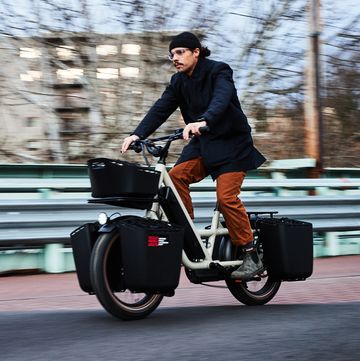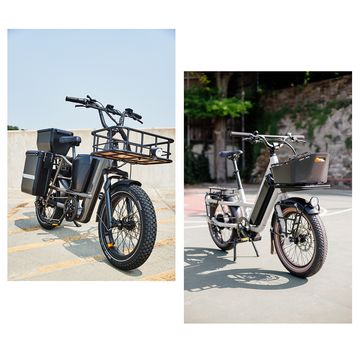Your E-Bike Questions Answered
E-bikes are here, growing, and really fun to ride. Here's everything you need to know.
by Joe Lindsey
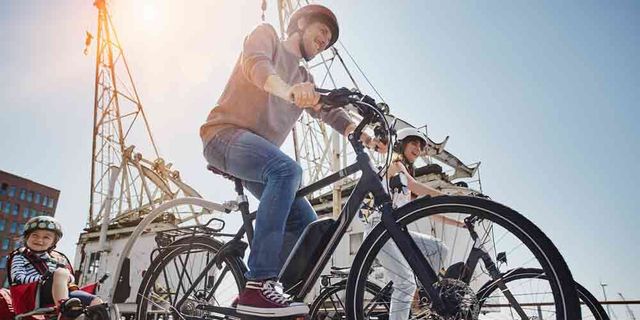
After years of growing popularity in Europe, e-bikes are finally making a major appearance in America. These bikes let you go farther, faster, and with less effort than normal bikes. But what are they? How do they work? And what do you need to know about them if you’re interested?
Joe Lindsey is a longtime freelance journalist who writes about sports and outdoors, health and fitness, and science and tech, especially where the three elements in that Venn diagram overlap.
Watch Next

Advertisement - Continue Reading Below

Fresh New Mountain Bikes and Gear for Spring
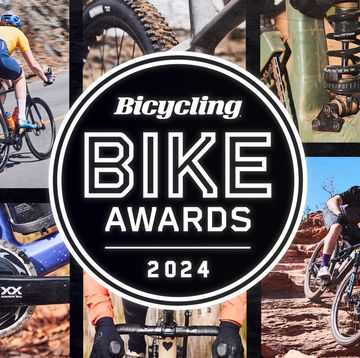
2024’s Best and Most Exciting Bikes!

2024’s Best Gravel Bikes
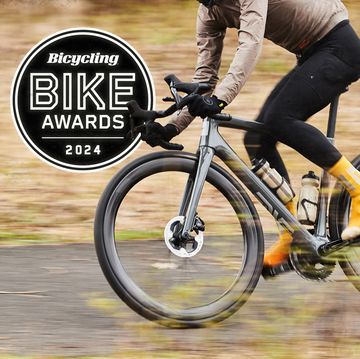
2024’s Best Road Bikes
Advertisement - Continue Reading Below
Advertisement - Continue Reading Below
